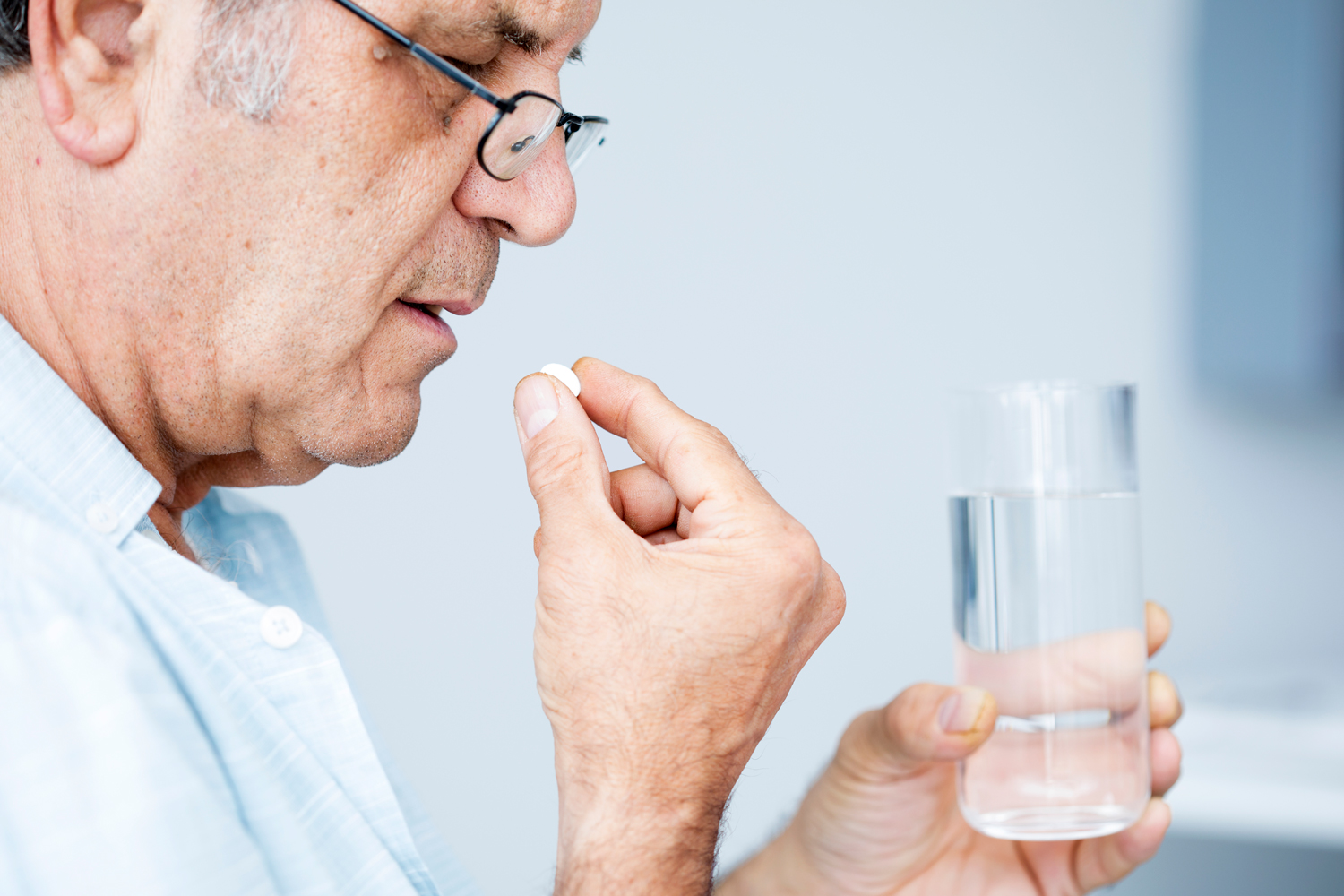Every week, the editors of Cancer Today magazine bring you the top news for cancer patients from around the internet. Stay up to date with the latest in cancer research and care by subscribing to our e-newsletter.
Tagrisso Dramatically Lowers Lung Cancer Death Rate in Certain Patients
A once-daily pill already on the market cut the overall risk of death among early-stage lung cancer patients with a certain type of mutation by 51%, according to study results presented June 4 at the annual meeting of the American Society of Clinical Oncology in Chicago and published in the New England Journal of Medicine. Five-year survival for patients given Tagrisso (osimertinib) was 88%, compared with 78% for those given a placebo. The study included 682 lung cancer patients with an EGFR mutation who had undergone surgery. EGFR, a receptor that normally helps cells grow, can lead to lung cancer when mutated. About 10% to 15% of lung cancer cases in the U.S. have an EGFR mutation. This study is the first to show how a targeted treatment for early-stage lung cancer affects survival, medical oncologist Roy Herbst, the trial’s principal investigator and deputy director at Yale Comprehensive Cancer Center in New Haven, Connecticut, told NBC News. “I think we’re curing some patients,” Herbst said. “We’re really showing progress in lung cancer like never before.” The Food and Drug Administration approved Tagrisso in 2015 to treat people with advanced lung cancer and in 2020 extended the approval for early-stage lung cancer patients. “We already knew that this drug was effective. However, what we are seeing now is that patients will also live longer,” said medical oncologist Charu Aggarwal of the University of Pennsylvania’s Perelman School of Medicine in Philadelphia, who was not involved in the study.
FDA Authorizes Import of Cancer Drug Made in China to Address U.S. Shortage
The Food and Drug Administration (FDA) has approved the importation of the chemotherapy drug cisplatin from a manufacturer in China to boost the supply of the drug in the U.S. Distribution of 50-milligram vials of the injectable medicine were available starting June 6. Cisplatin and other platinum-based chemotherapies are prescribed to treat 10% to 20% of all cancer patients in the U.S., according to the National Cancer Institute, and are used for a variety of common cancers. Cancer treatments are among the hardest hit by ongoing drug shortages across the country. At the end of March, there were shortages in about two dozen chemotherapy drugs, according to data from the University of Utah Drug Information Service. “The FDA recognizes the importance of a stable, safe supply of critical drugs used in oncology, especially those used in potentially curative or life-extending situations,” FDA commissioner Robert Califf said on Twitter June 2. “Today, we’ve taken steps for temporary importation of certain foreign-approved versions of cisplatin products from FDA-registered facilities and used regulatory discretion for continued supply of other cisplatin and carboplatin products to help meet patient needs.” Gynecologic oncologist Amanda Fader of Johns Hopkins Medicine in Baltimore told CNN that cisplatin and carboplatin, another chemotherapy drug, are “the chemotherapy backbone” and that the shortage is affecting hundreds of thousands of patients in the U.S.
Recent Studies Reinforce Evidence of Physical Activity Benefits for Cancer Patients
Three studies presented at the American Society of Clinical Oncology Annual Meeting held June 2 to 6 in Chicago add to the growing body of evidence that physical activity is good for cancer patients. One study found that patients assigned to a yoga practice had “significantly lower levels of pro-inflammatory markers” in their blood compared with a control group that was assigned instead to health education classes. Inflammation can be a risk factor for developing cancer. Another study examined yoga’s impact on fatigue and quality of life in cancer patients and similarly found that patients practicing yoga scored better on measures of fatigue and quality of life compared with patients who attended health education classes. A third study found that active patients, described as going on 30-minute walks five days a week, were more likely to be alive than sedentary patients after 180 days—90% of people in the active group were alive compared with 74% in the sedentary group. Describing attitudes in the past concerning exercise for cancer patients, Melissa Hudson, an expert in cancer survival at St. Jude Children’s Research Hospital in Memphis, Tennessee, who was not involved in the research, said, “It was: ‘You’re sick, take it easy and rest.’” Now, more doctors are encouraging patients to resume exercise “sooner rather than later,” Hudson said in the Guardian.
Cancer Today magazine is free to cancer patients, survivors and caregivers who live in the U.S. Subscribe here to receive four issues per year.





